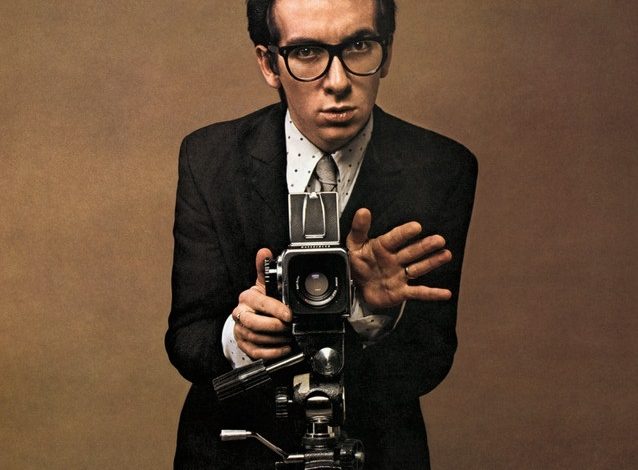5 Surprising Facts About Elvis Costello & The Attraction’s ‘This Year’s Model’

Elvis Costello’s This Year’s Model released in 1978, was a battle cry of new wave, a manifesto of punk’s snarl, and a power-pop masterclass. But behind its manic energy and relentless hooks lie secrets that even the most devoted Costello fans may not know. Pump it up, because we’re about to dive deep into five fascinating facts about this landmark album.
1. The Infamous Off-Center Album Cover Was a Deliberate Middle Finger
Most artists dream of a perfect album cover—crisp, aligned, and polished. Not Elvis Costello. The original UK pressing of This Year’s Model featured a deliberately off-center sleeve, making the title appear as “His Year’s Model” and cropping Costello’s name into “Lvis Costello.” It wasn’t a printing error—it was a calculated statement. Designed by the legendary Barney Bubbles, the cover was meant to disrupt expectations, forcing record buyers to do a double take. The misaligned print also symbolized the jagged, restless energy of the music itself. When the album was released in America, the artwork was realigned, but in true Costello fashion, the UK got the edgier, more provocative version.
2. “Pump It Up” Wasn’t an Anthem—It Was a Satire of Excess
At first listen, Pump It Up sounds like an adrenaline-fueled party song, with its relentless bassline and frantic energy. But Costello, ever the subversive storyteller, was making fun of that very lifestyle. Written during the infamous Stiffs Live Tour—where sex, drugs, and rock & roll ran wild—Pump It Up was Costello’s response to watching hedonism consume people around him. The song’s frenetic pace and tight groove only amplify its irony, capturing the sound of excess while mocking it at the same time. And the music video? A twitchy, manic Costello bouncing on his toes, as if physically embodying the song’s critique of overindulgence.
3. “(I Don’t Want to Go to) Chelsea” Was Written in a Haunted Office
Costello wrote the scathing Chelsea while working as a computer programmer. Late one night, he sneaked his guitar into the office and penned the song in complete solitude—except for the eerie hum of computers and the distant flicker of a coffee machine. The inspiration? Childhood trips to London’s Chelsea district and the flood of Swinging Sixties nostalgia that followed. Musically, the song pulls from the Who’s I Can’t Explain and the Kinks’ All Day and All of the Night, but bassist Bruce Thomas’s hypnotic groove gave it a completely new dimension. Costello later admitted that he had no idea the song would become one of his defining anthems—it was just a way to pass time in a job he hated.
4. Steve Nieve’s Organ Sound Wasn’t Just Out of Tune—It Was Evil
Steve Nieve’s sinister organ playing on This Year’s Model wasn’t a happy accident. Costello specifically wanted the organ to sound “thin” and “evil.” Using a deliberately out-of-tune Vox Continental, Nieve crafted a sound that was sharp, unsettling, and unlike anything else in punk or new wave at the time. The eerie, jagged tones added a layer of paranoia and urgency to tracks like Pump It Up and Lipstick Vogue. That unmistakable keyboard sound became a signature of the Attractions and a defining element of the album’s claustrophobic tension.
5. The Album Almost Didn’t Include One of Its Best Songs
American fans of This Year’s Model might not realize they got a different version than the UK audience. The original UK release included the politically charged Night Rally and Chelsea, but when the album was issued in the U.S., Columbia Records insisted on swapping them out for Radio Radio, a song Costello famously performed on Saturday Night Live in 1977 in direct defiance of NBC’s producers. The move ultimately worked in Costello’s favor—Radio Radio became one of his most celebrated songs. However, die-hard fans argue that removing Night Rally altered the album’s dark undertones, making the American version just a little less sinister.
This Year’s Model is a snarling, spitting, meticulously crafted masterpiece that changed the landscape of music forever. With its off-kilter artwork, satirical songwriting, haunted origins, and groundbreaking sound, it continues to resonate decades later. Elvis Costello didn’t just make an album—he built a time bomb, and 46 years later, it’s still ticking.



